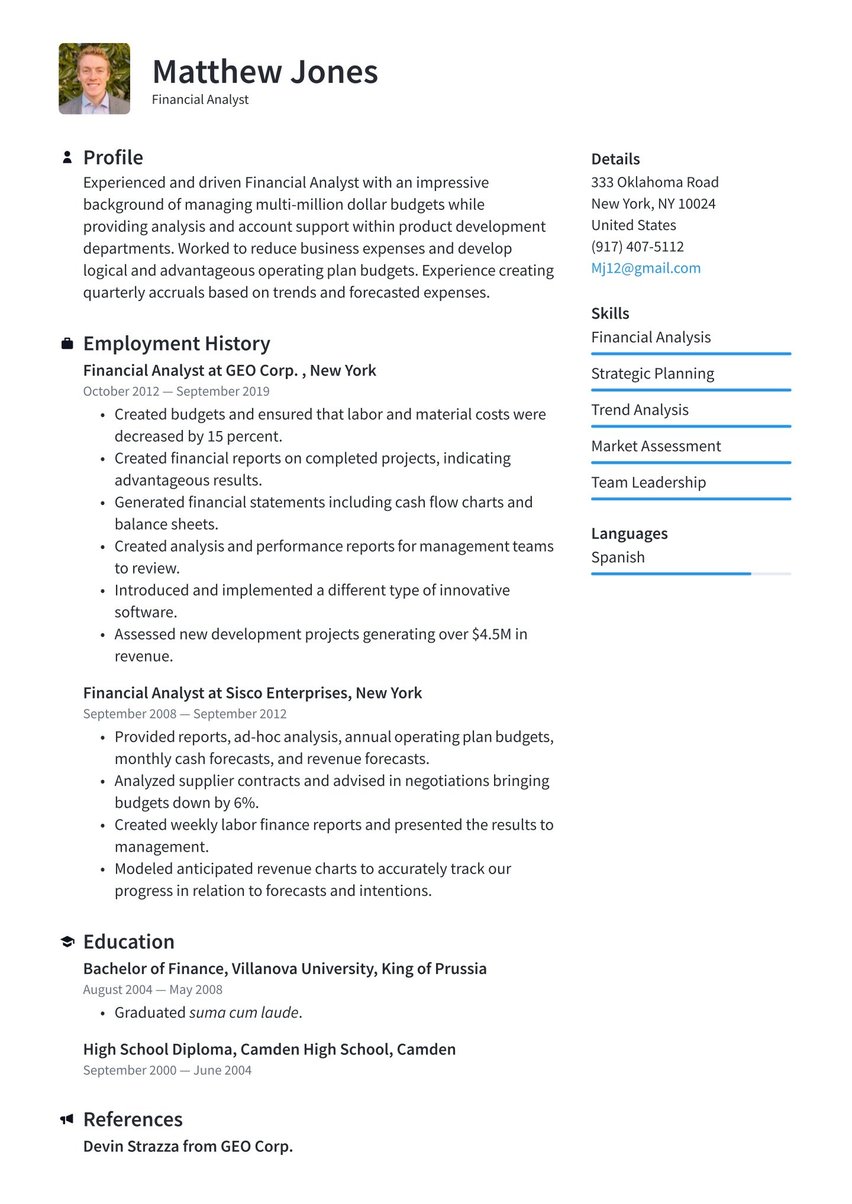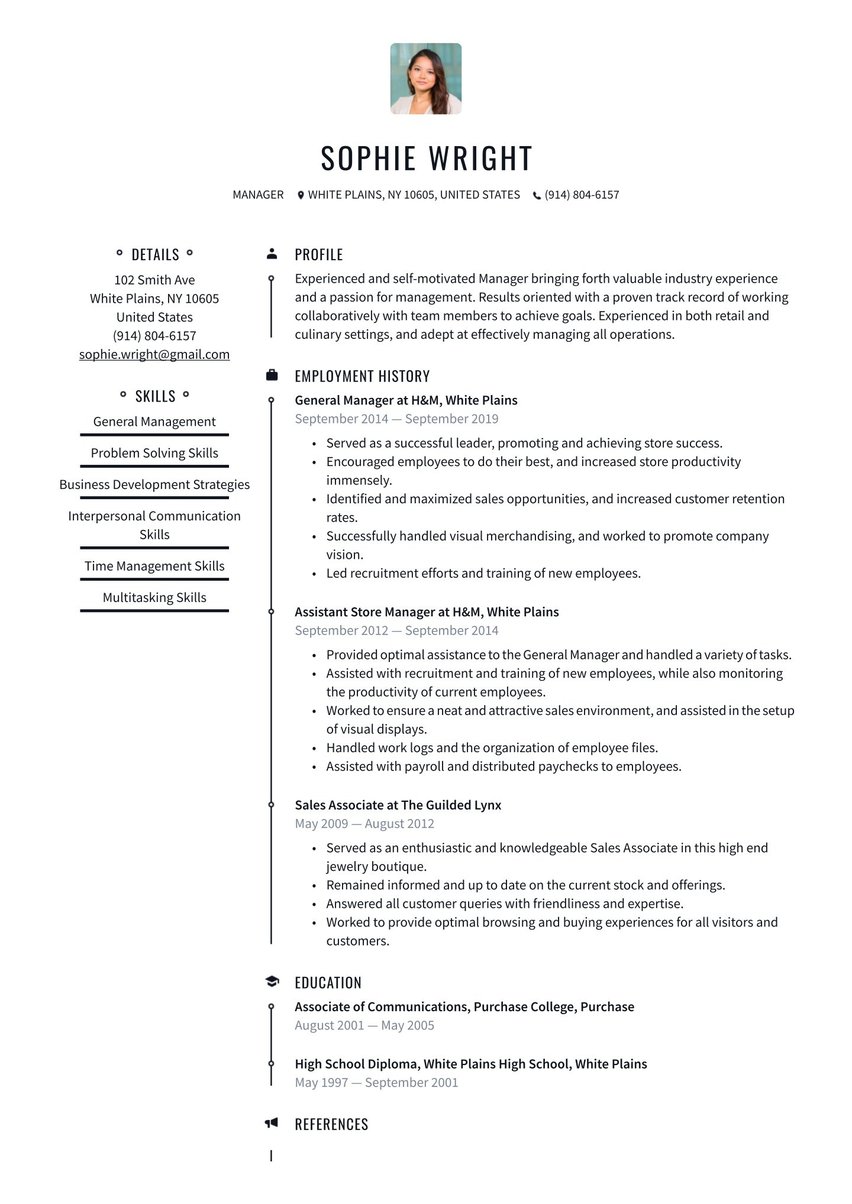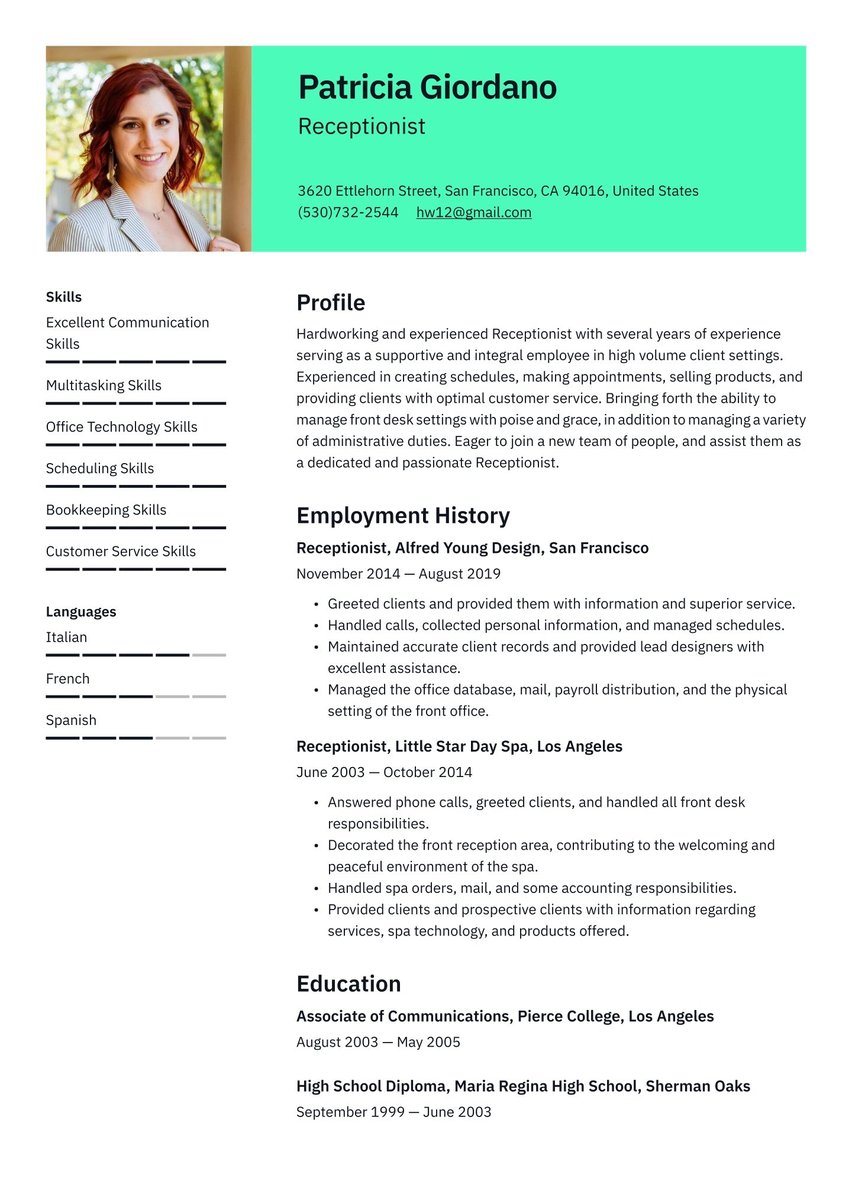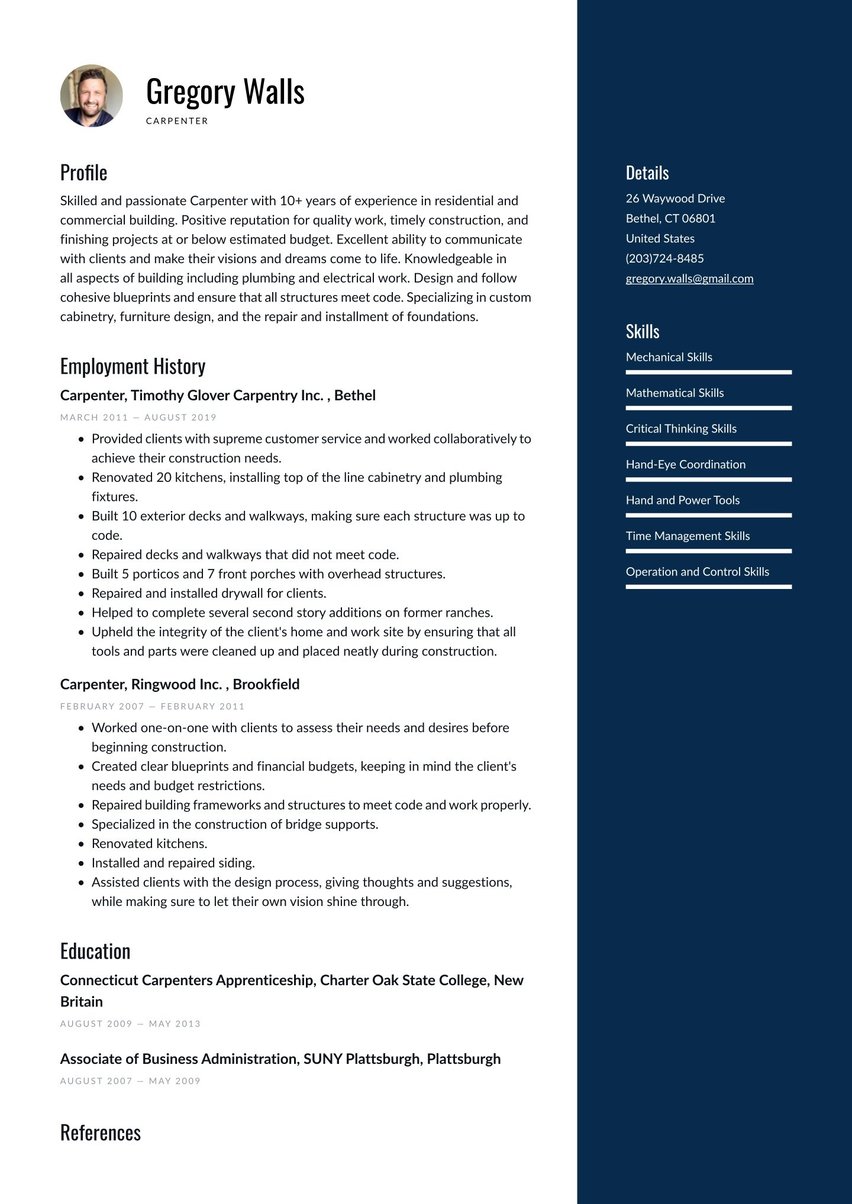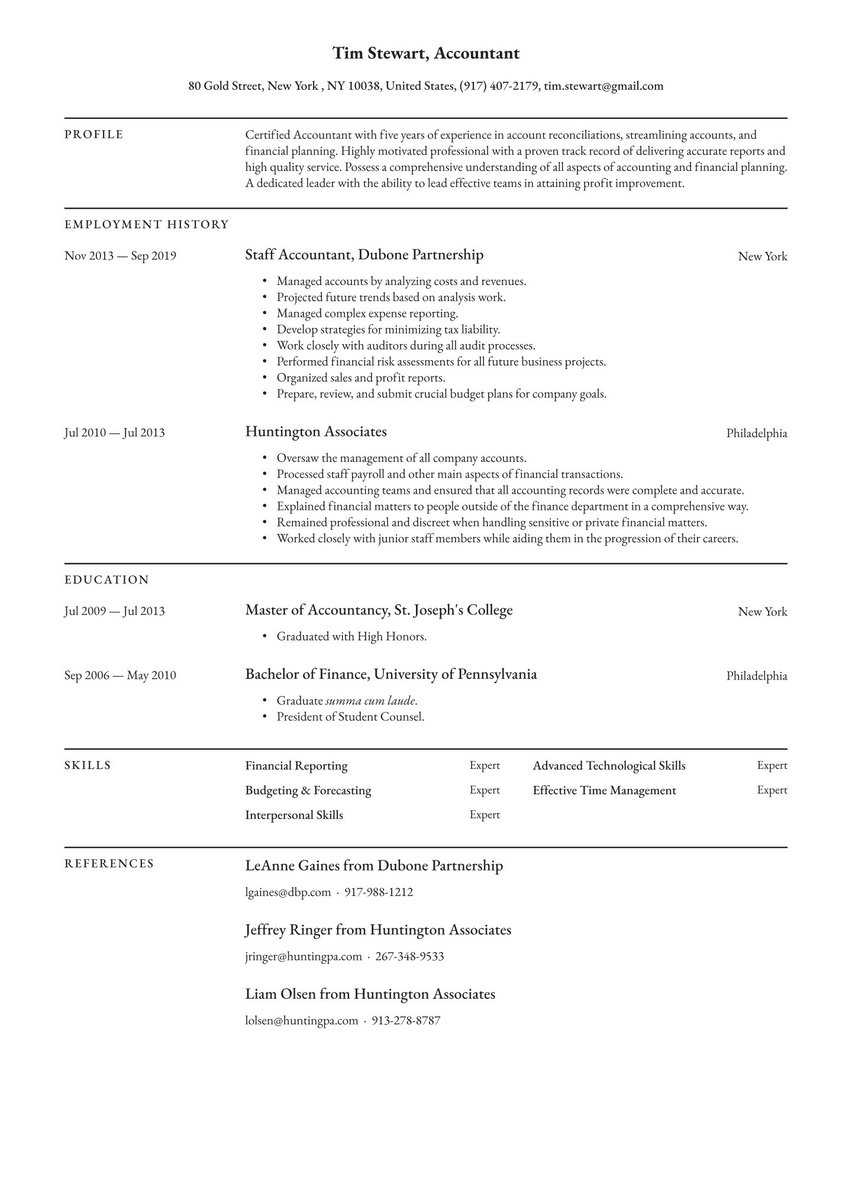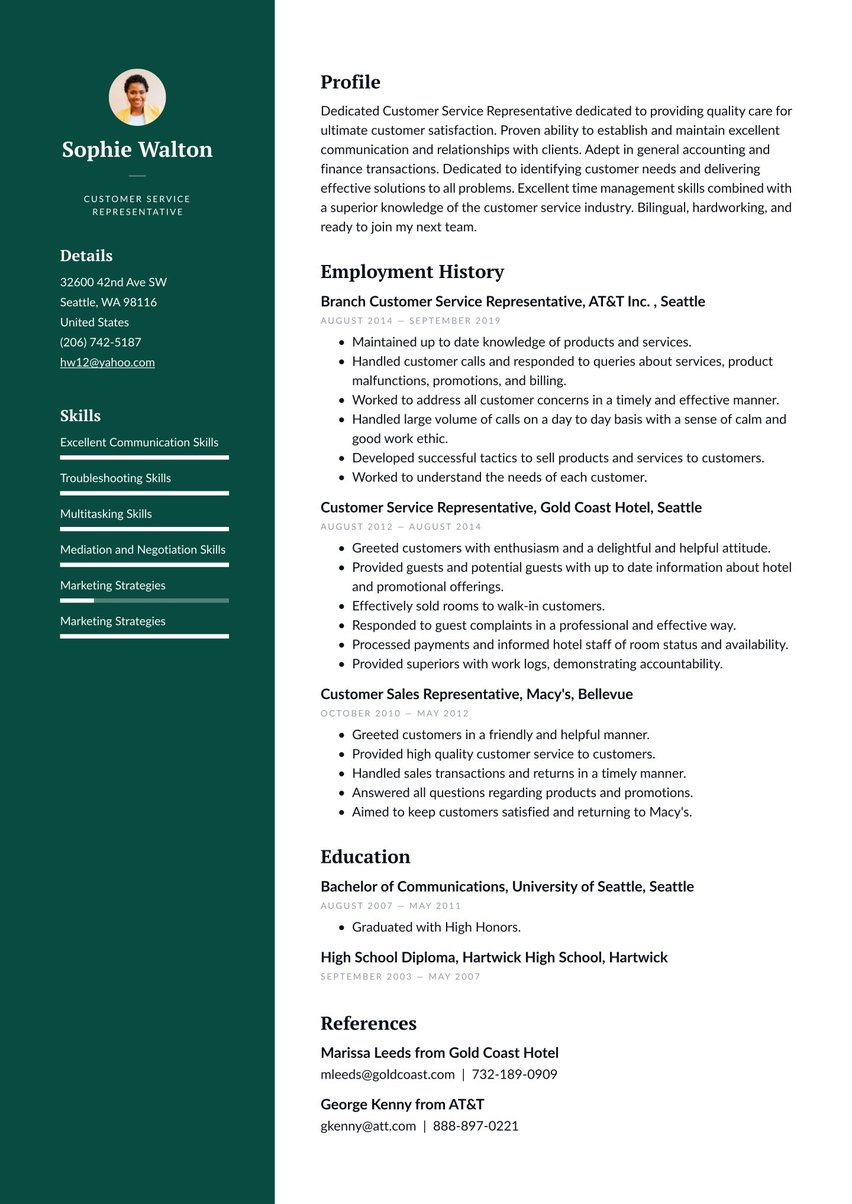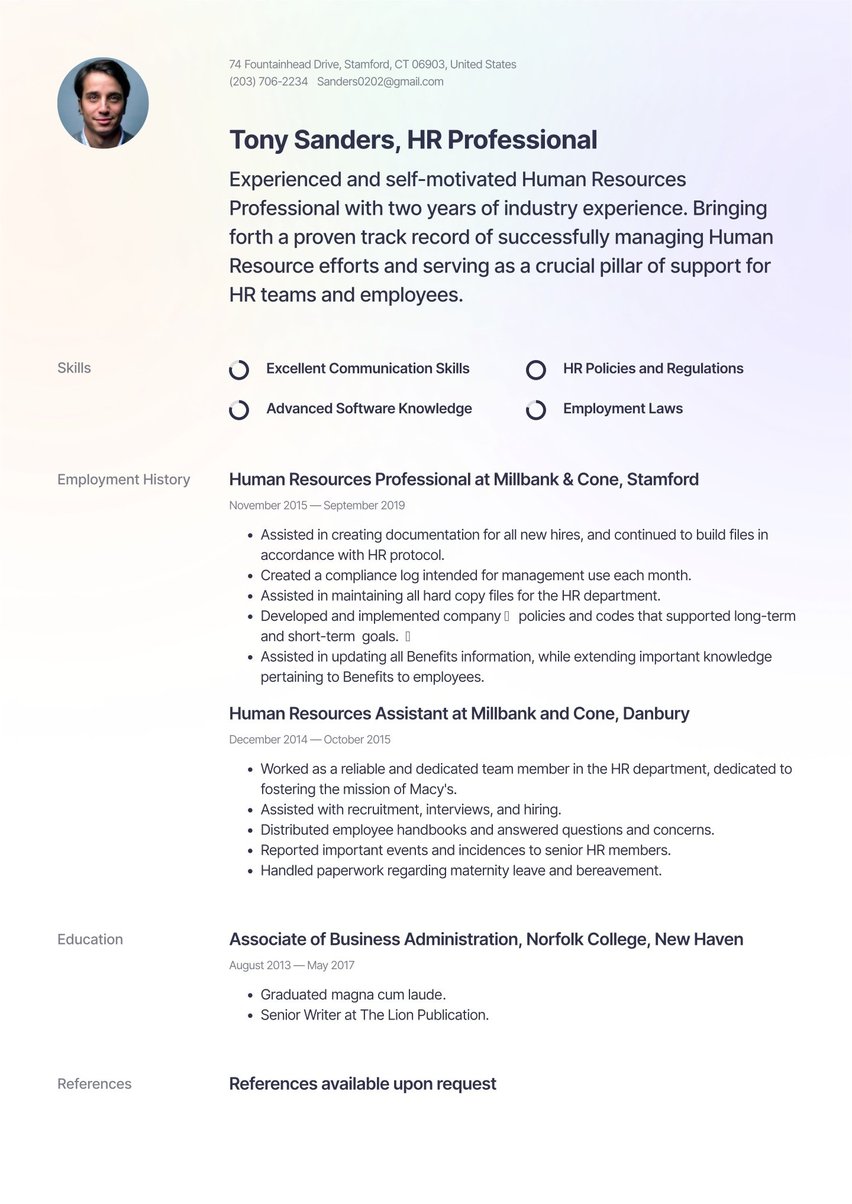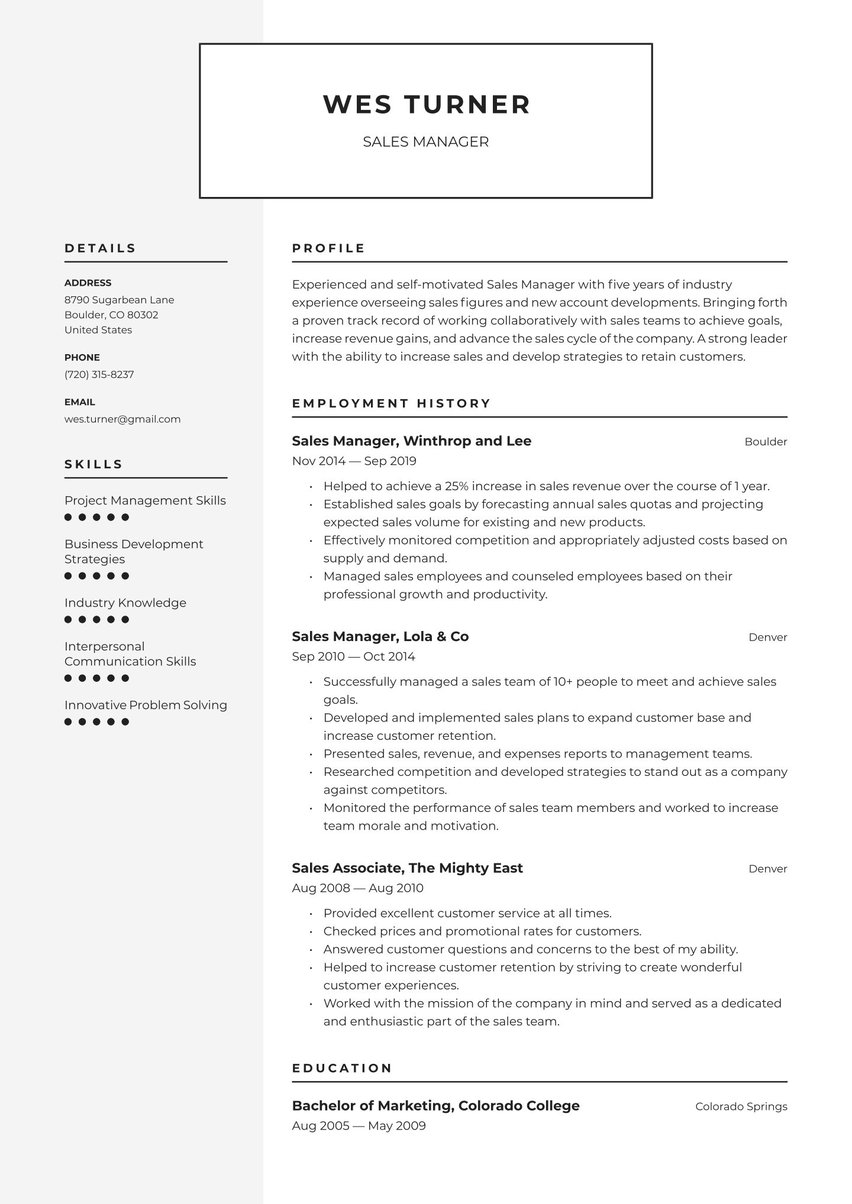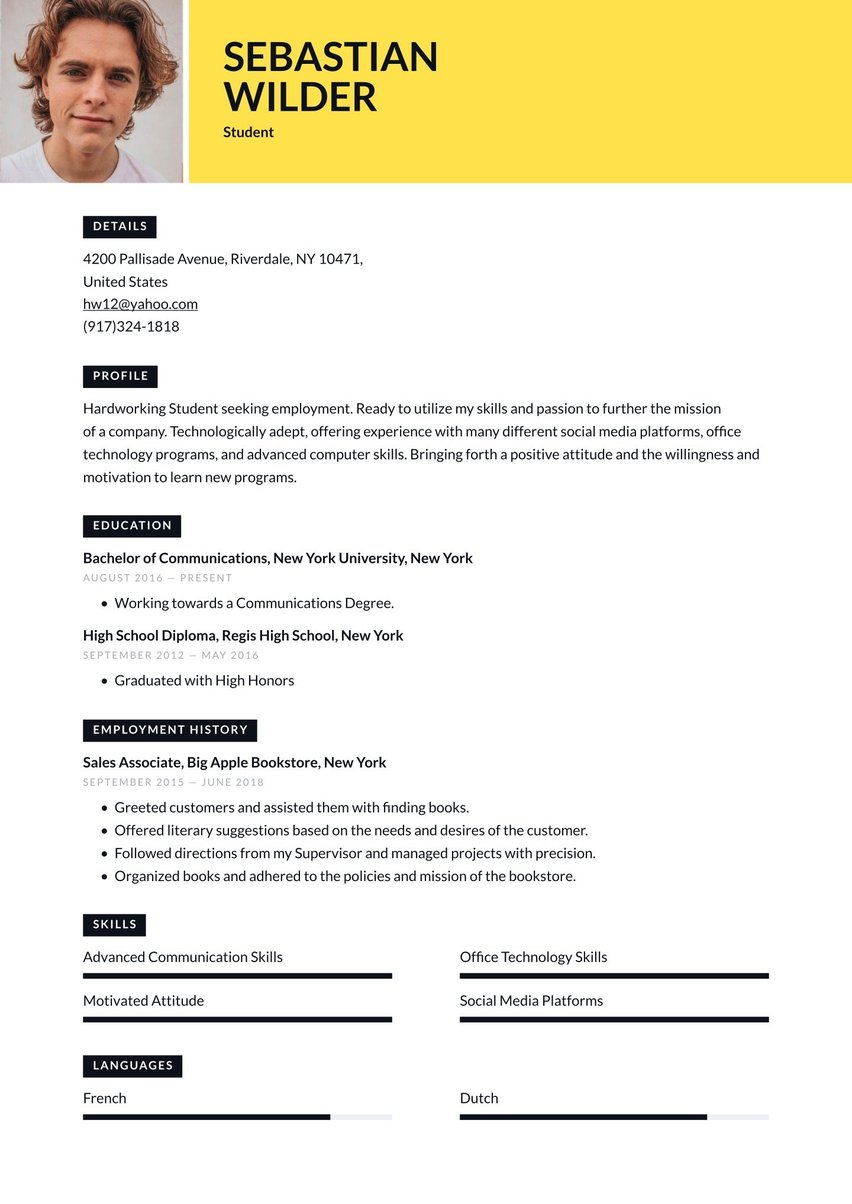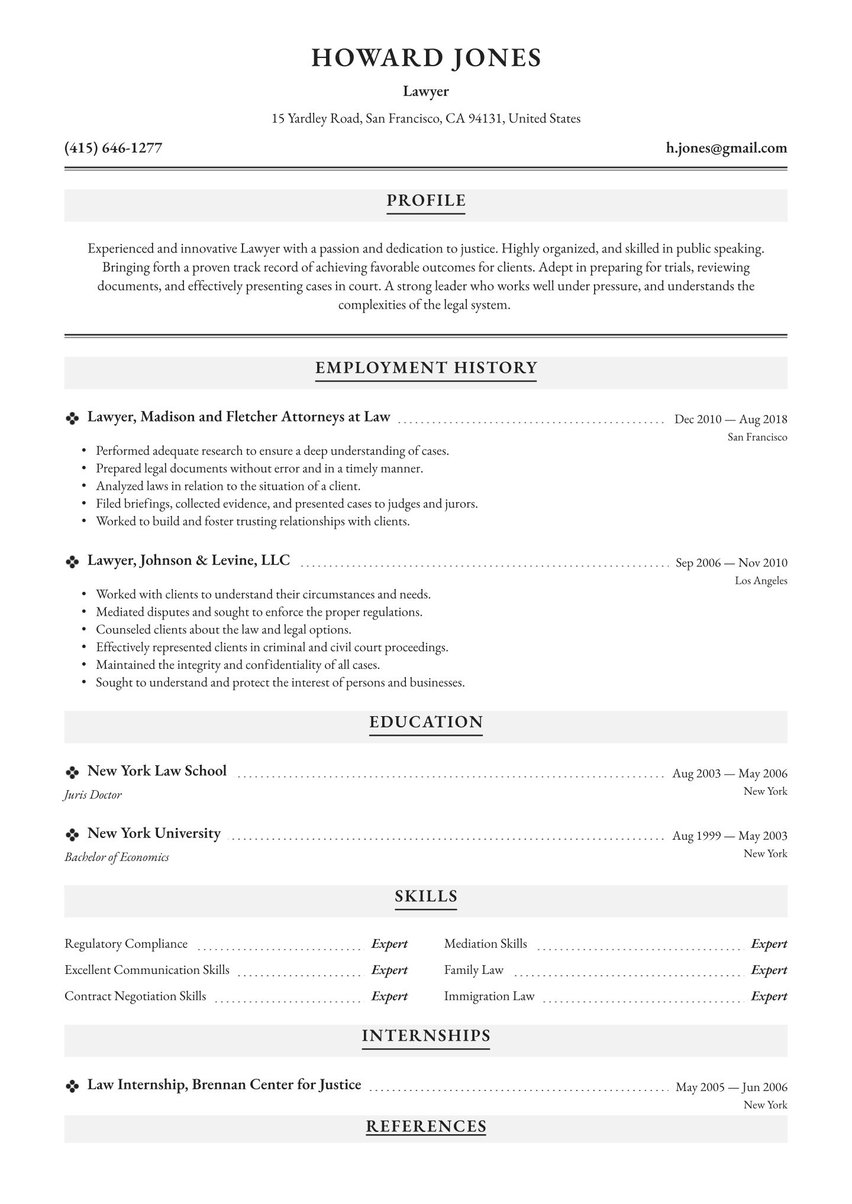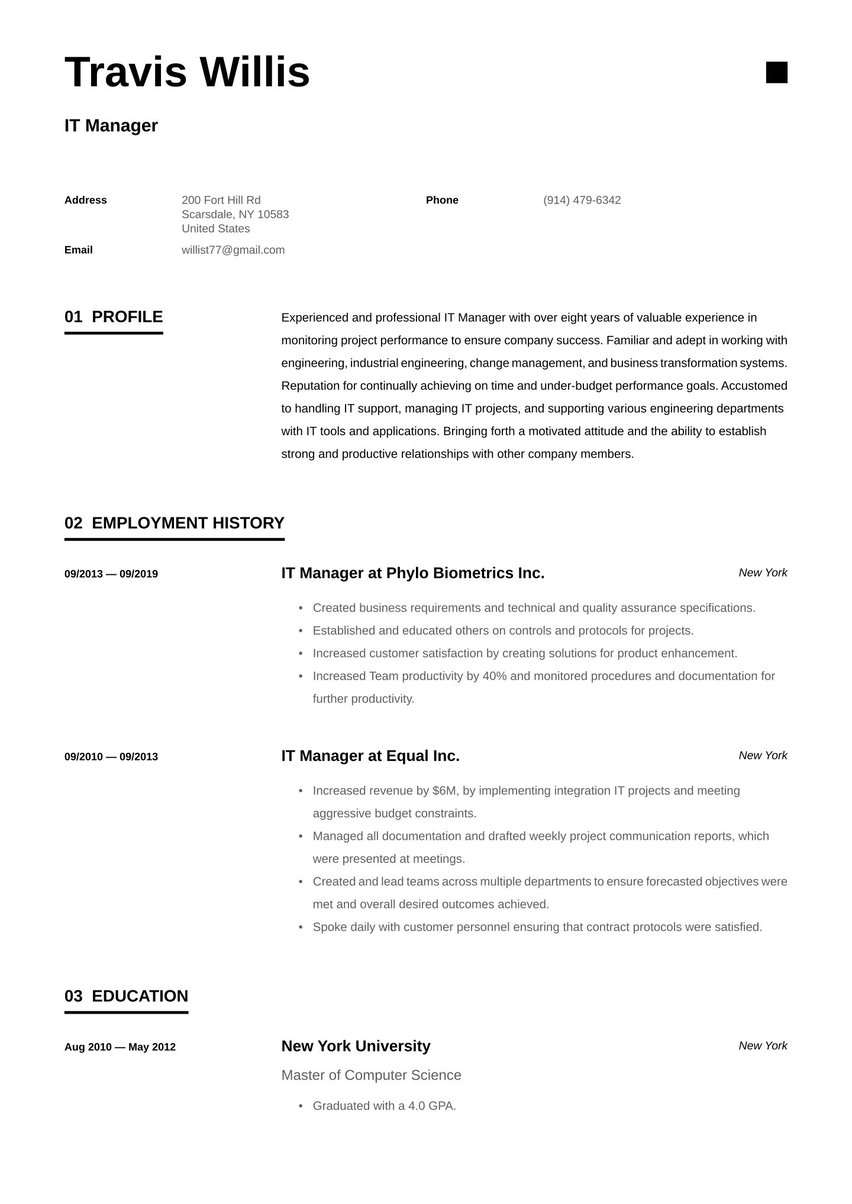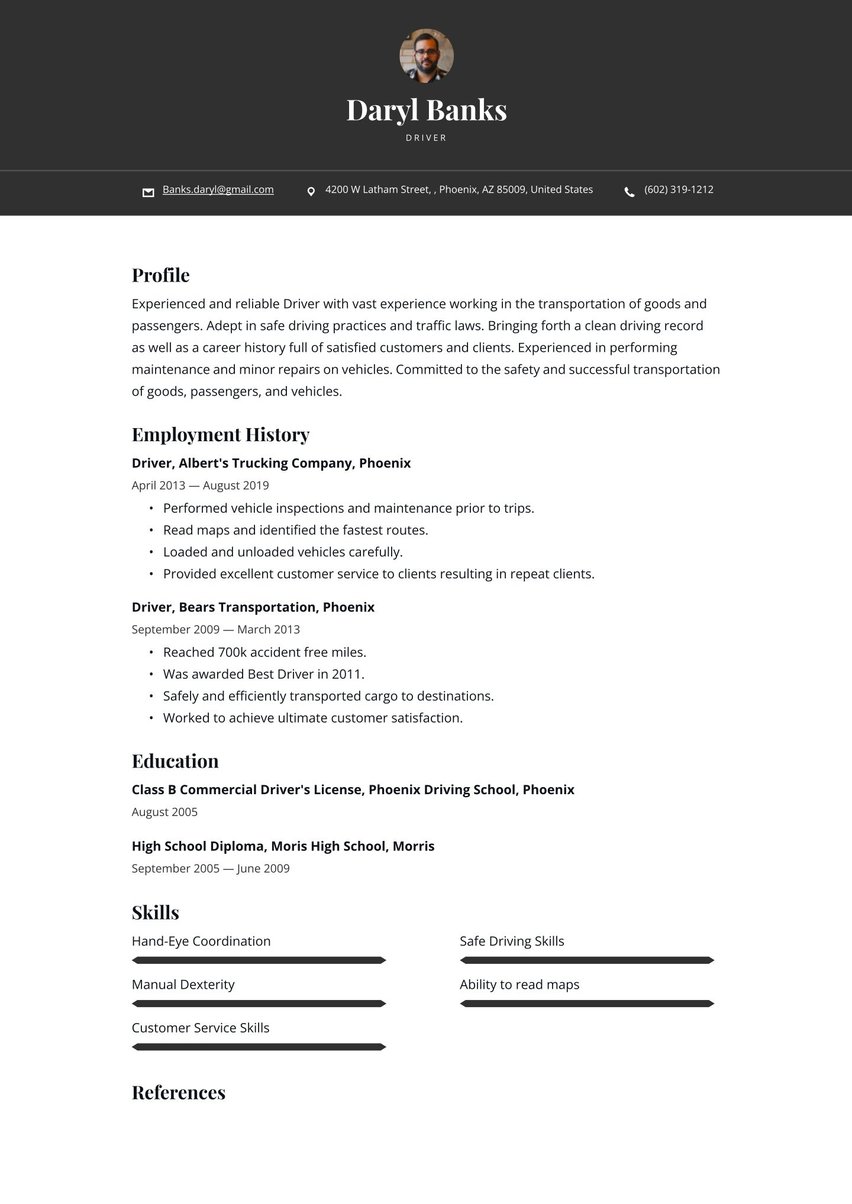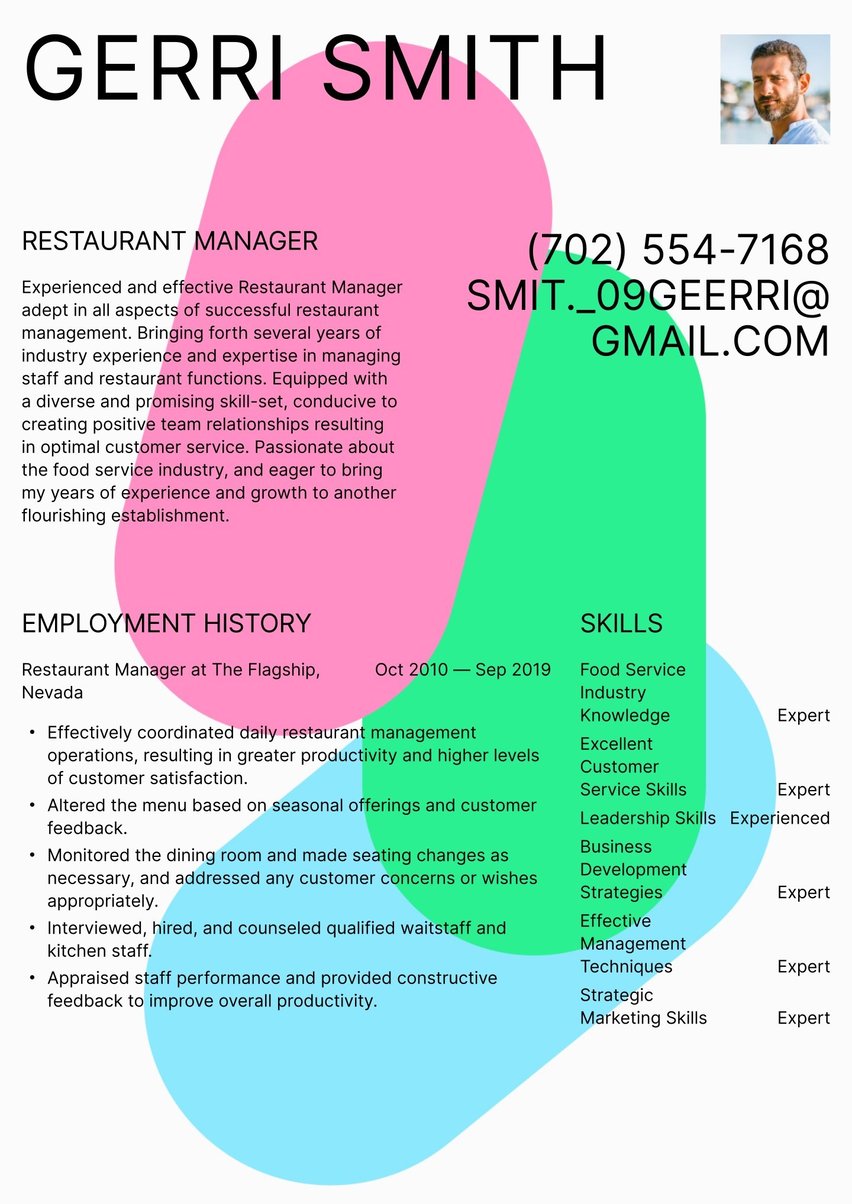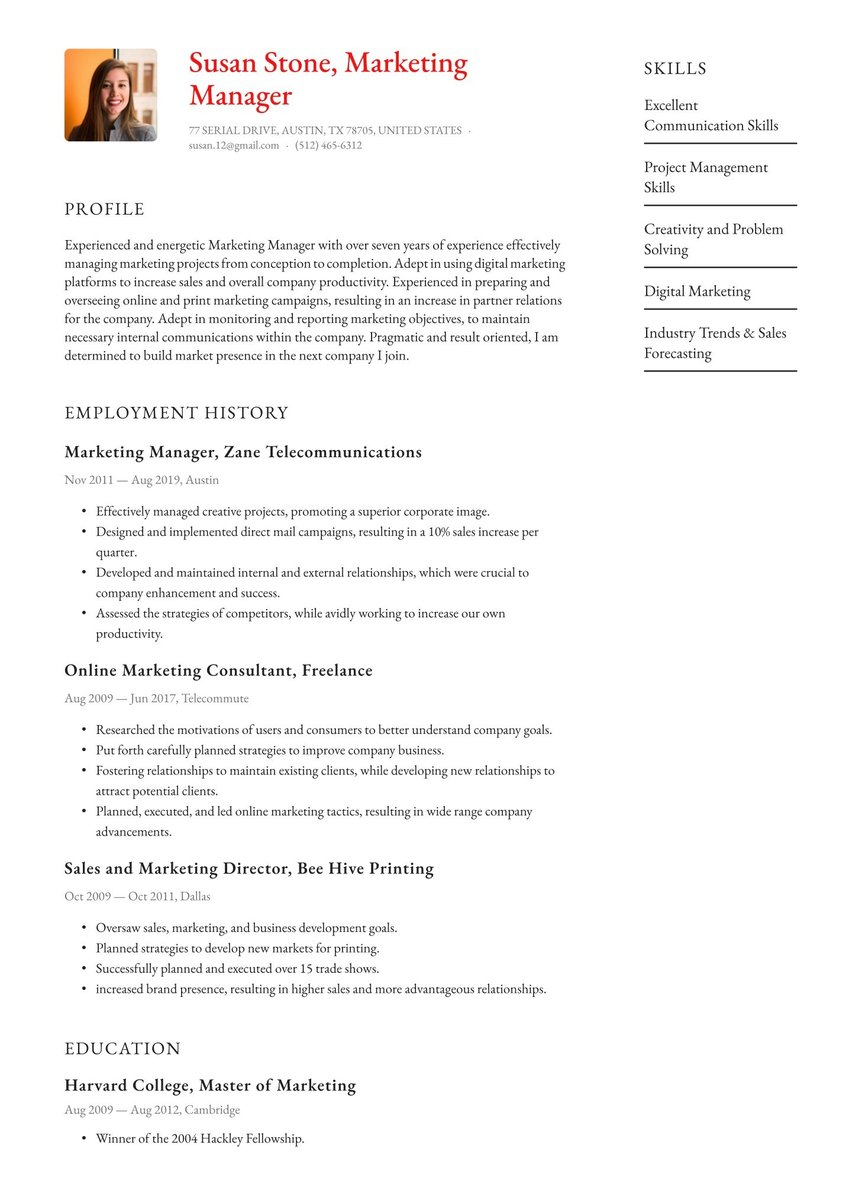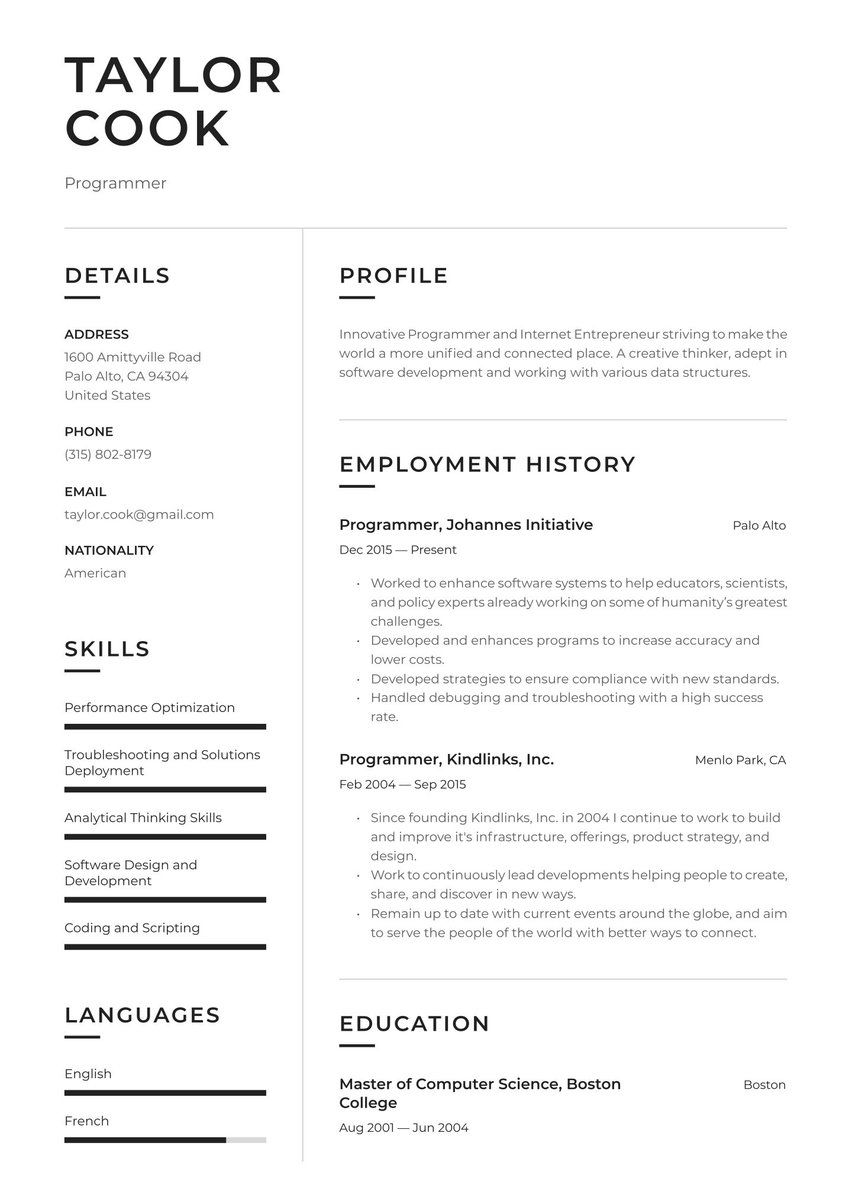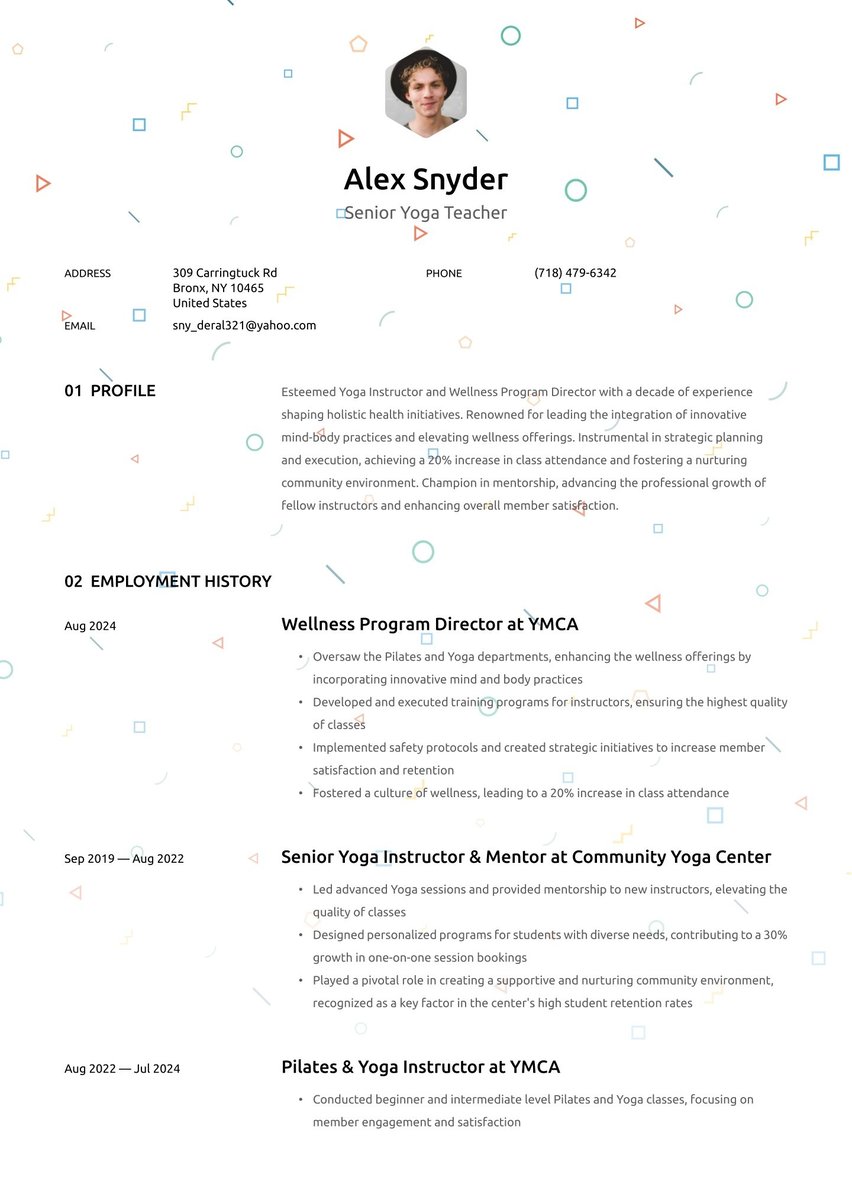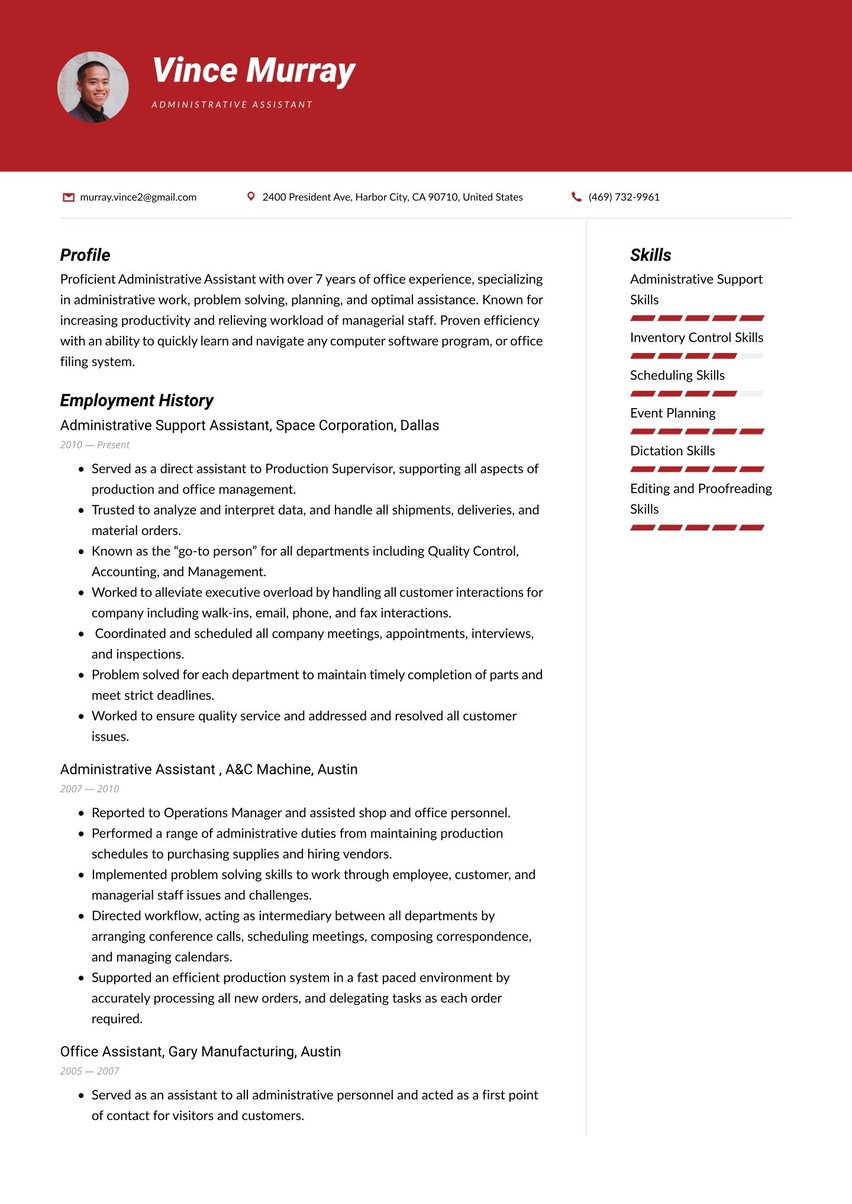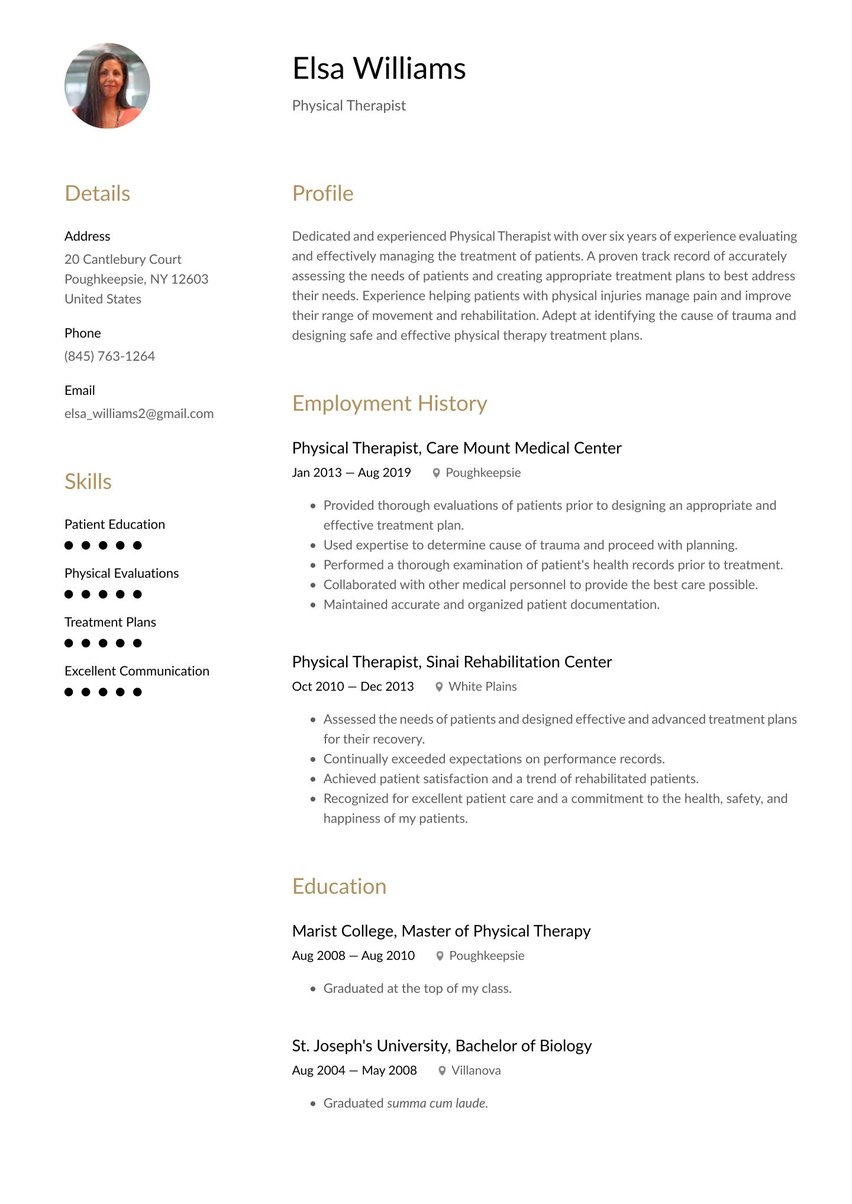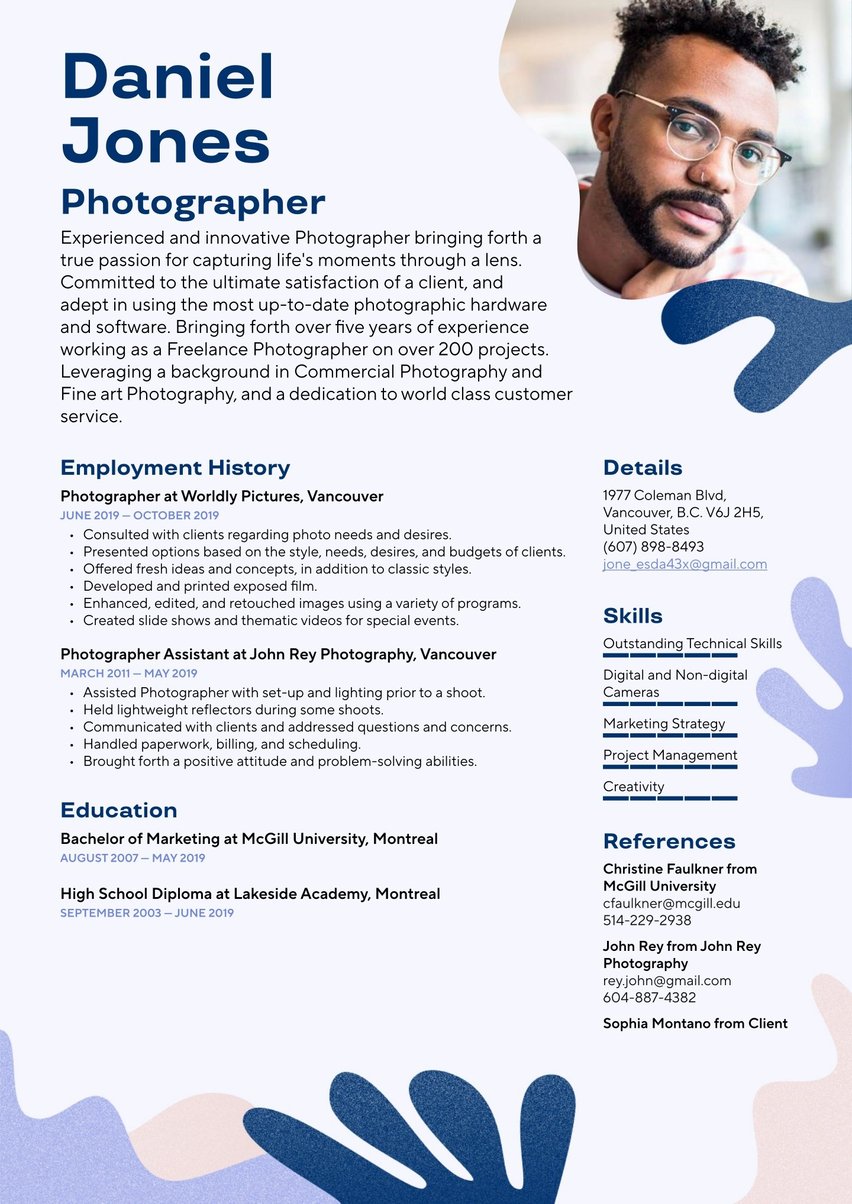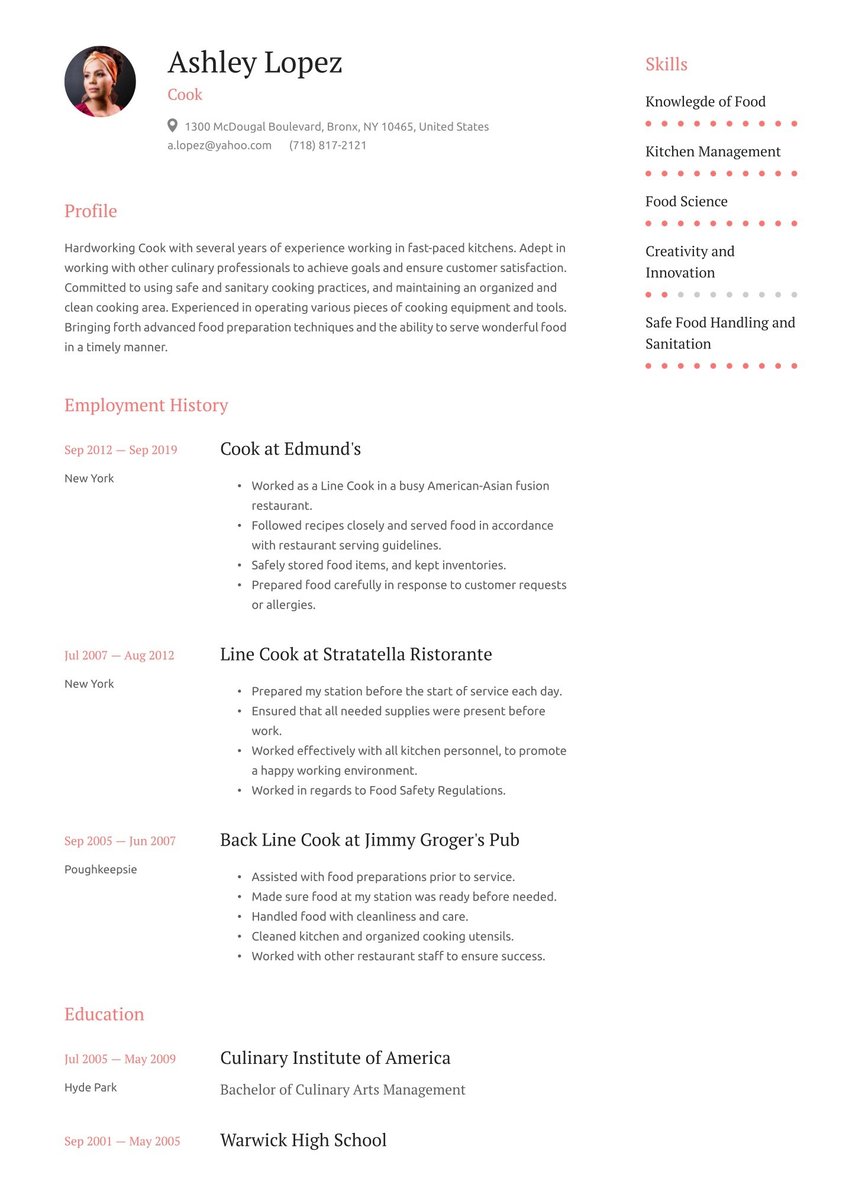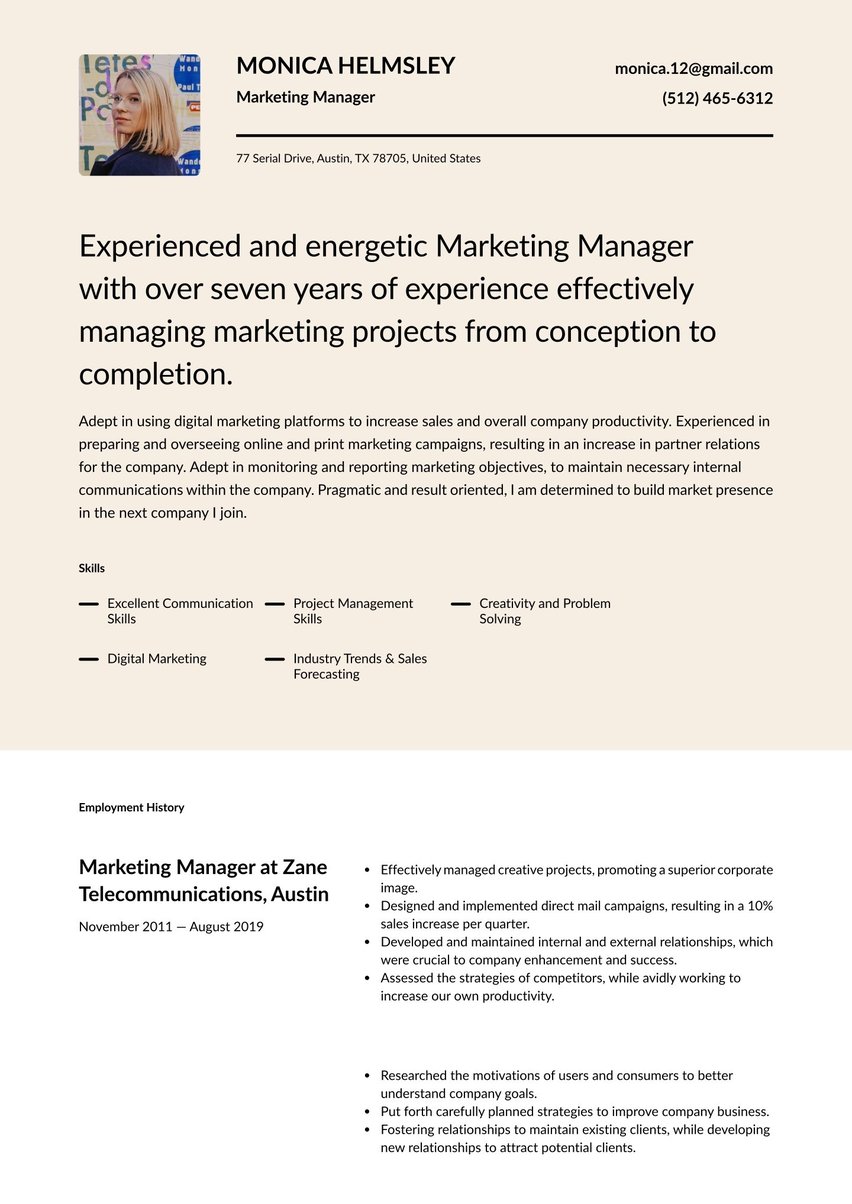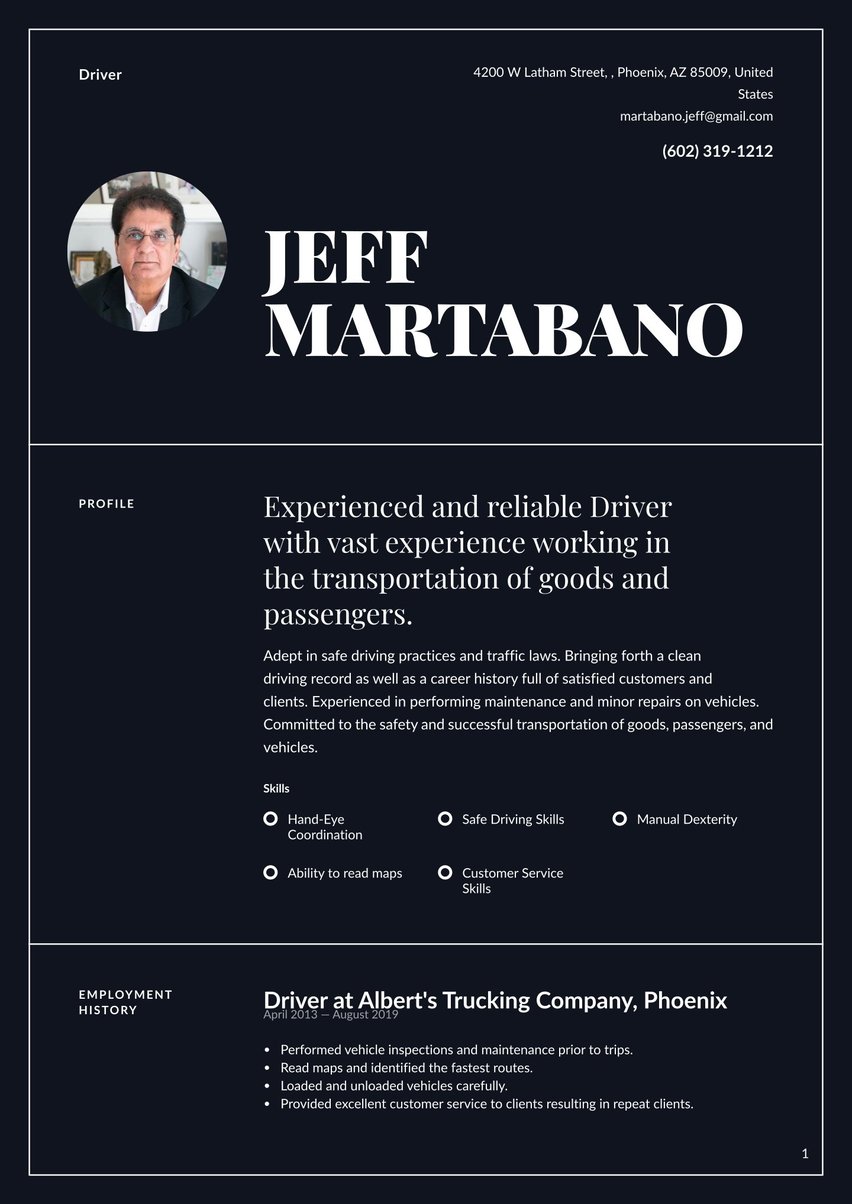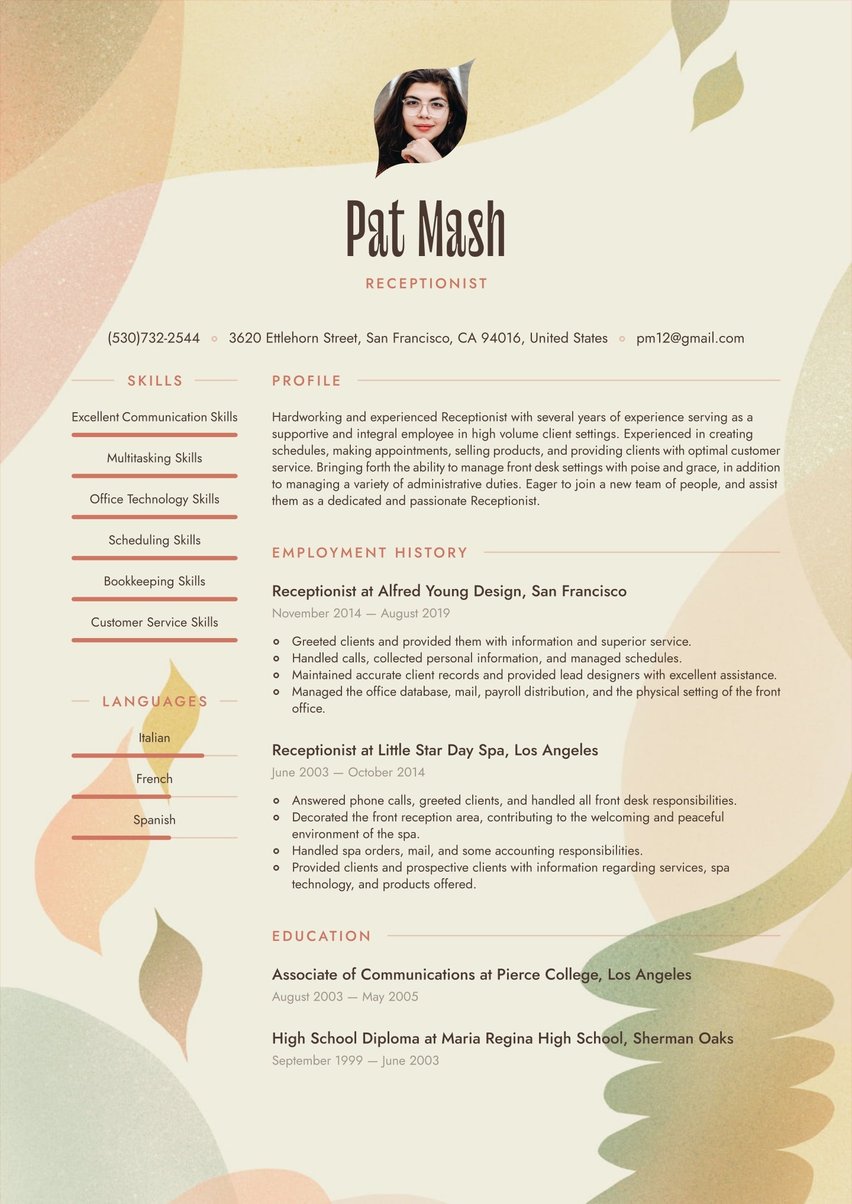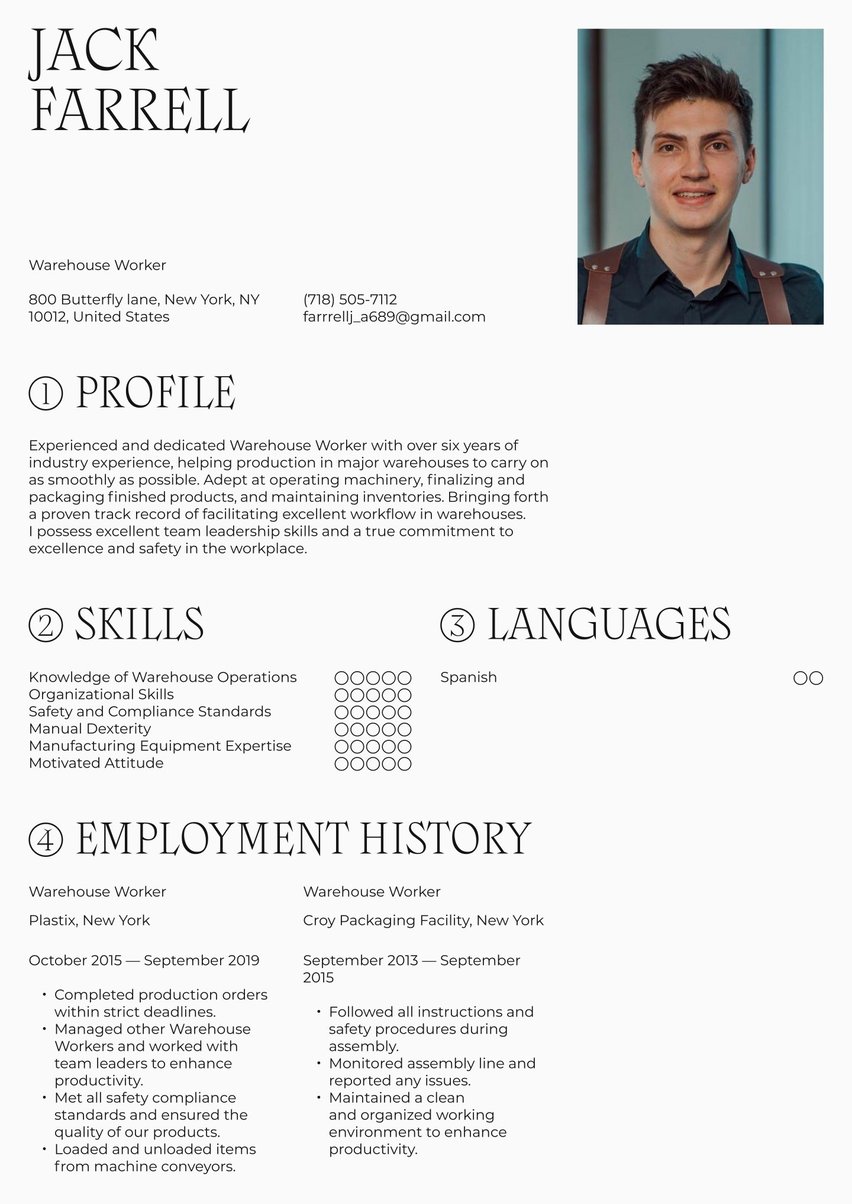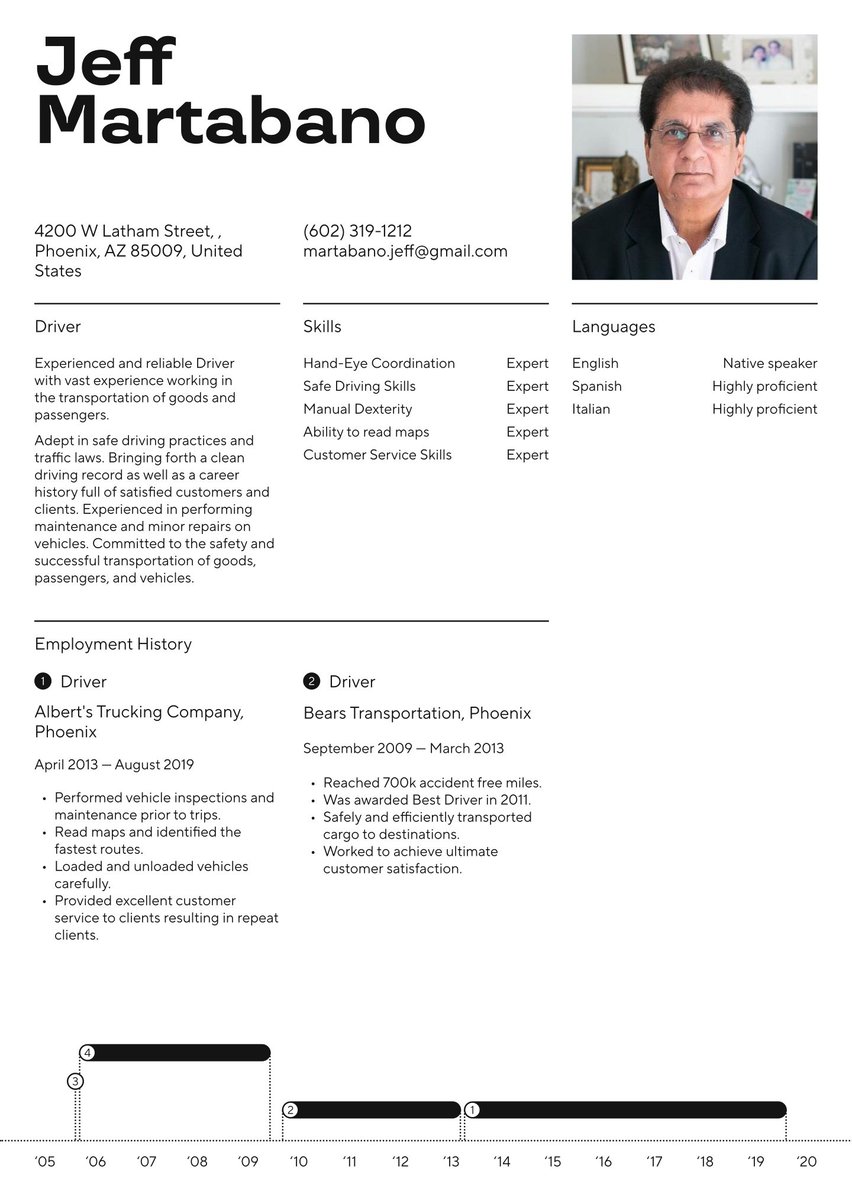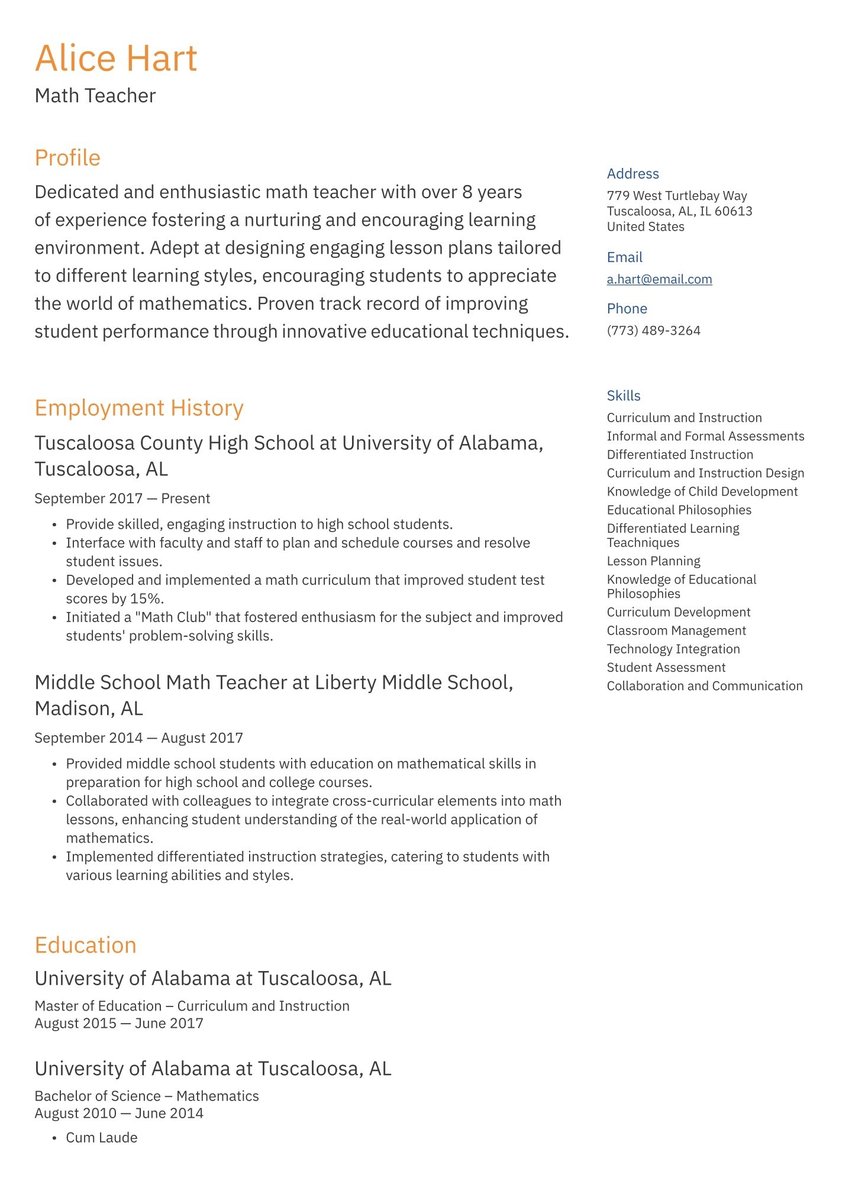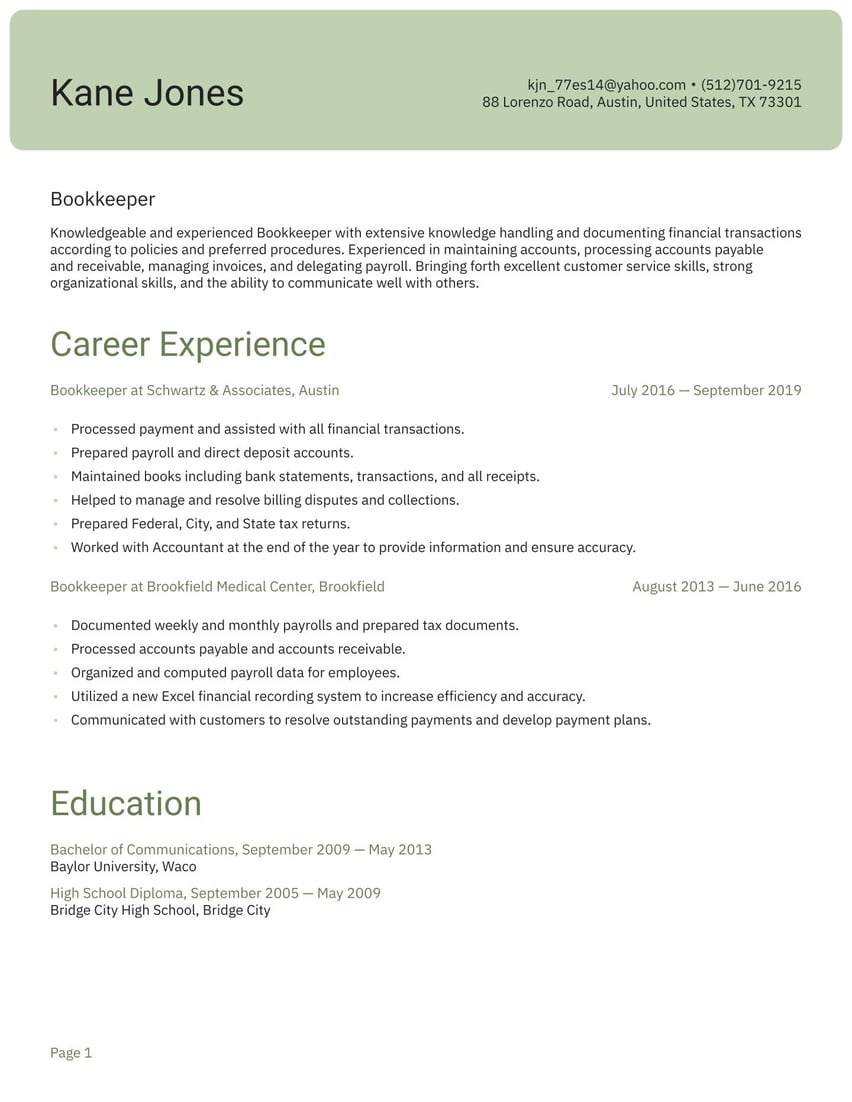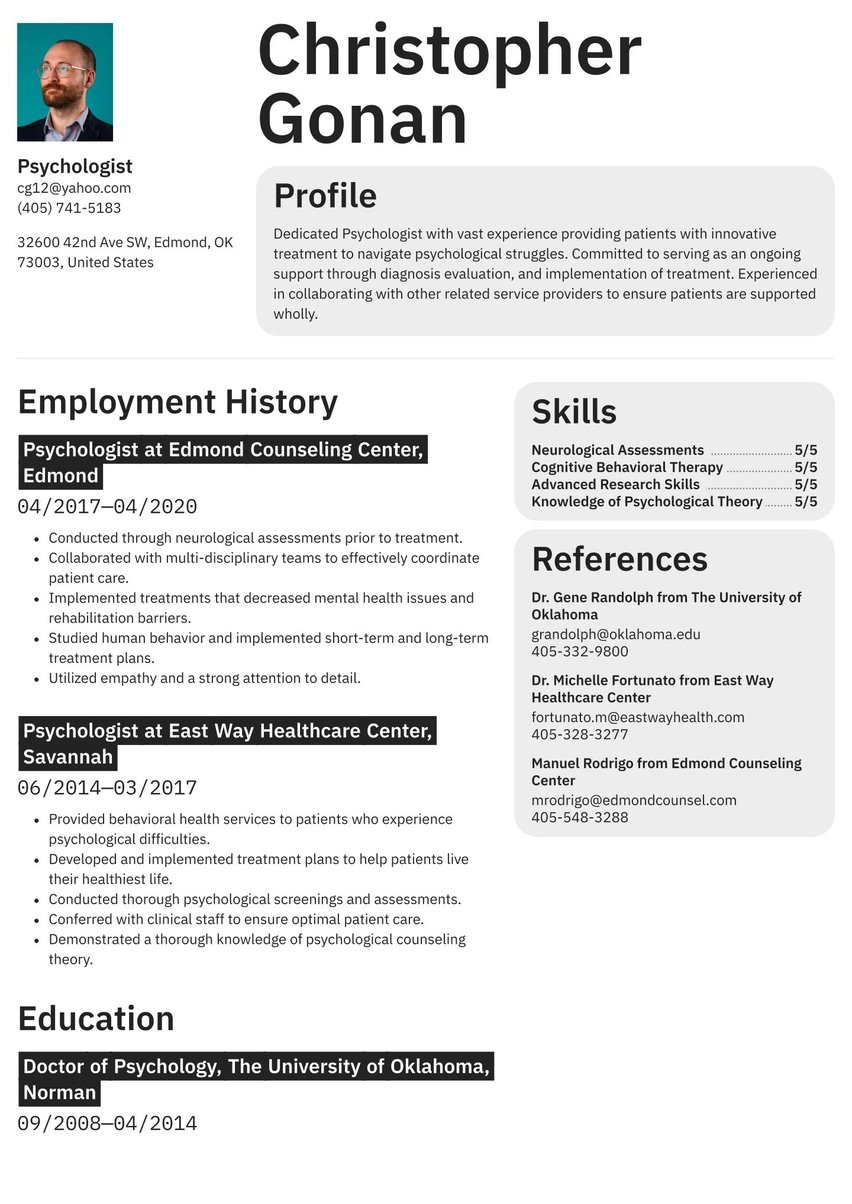Experienced Academic Tutor with 10 years of experience teaching students within a university setting. Expert in creating learning plans and helping students to reach their full potential. Passion and drive for developing students, and helping them achieve their education goals.
05/2015 - 09/2019, Academic Tutor, Tutor Time, Norwalk
- Supporting students by providing lesson plans and helping them to learn and achieve strong exam results.
- Delivering lessons using the appropriate resources and facilities.
- Planning and developing goals with students, and encouraging them to reach their potential.
- Engaging with students from different countries and cultures, helping them to integrate into the university.
- Offering advice and support with any concerns students have about the lessons or their development.
- Ensuring the reputation of the University was upheld at all times by being professional and taking the needs of the students into account.
04/2010 - 04/2015, Academic Tutor, Sylvan Learning Center, Stamford
- Responsible for delivering engaging lessons to students, and keeping them motivated to achieve their goals.
- Fielding any concerns or questions from students quickly and efficiently.
- Providing additional guidance to students that might require further help to achieve their potential.
- Maintaining general administration, such as performance tracking and updating attendance records.
08/2017 - present, Master of Childhood Education, Villanova University, Villanova
08/2007 - 05/2011, Bachelor of Arts in English , University of Scranton, Scranton
- Curriculum Development
- Excellent Communication Skills
- SAT Prep
- Knowledge of Educational Philosophies
- Informal and Formal Assessments
For the roughly one million high school seniors applying to American universities each year, the college admissions process is no laughing matter. These students take on dozens of afterschool activities, volunteer trips, and service projects to show just how committed they are to making the world a better place. For their academics, they hire tutors.
Tutor resume examples by experience level
But how can you show that you have what it takes to excel as a tutor? In the following guide, we’ll take a look at how to craft the perfect tutor resume from start to finish.
Resume guide for a tutor resume
Boost your chances of success with resume.io. Our guides and resume examples cover over 500 professions, and our resume builder makes creating a compelling resume easier than ever.
This resume guide and corresponding tutor resume example will cover the following:
- How to write a tutor resume
- Choosing the right resume format for a tutor
- How to add your contact information
- Using summaries
- Adding your tutoring experience
- Listing education and relevant experience
- Picking the right resume design/layout
- What the tutoring market looks like, and what salary you can expect
How to write a tutor resume
Before you get started, you need to know what elements to include in your tutor resume. Here are the standard resume sections you need in any application:
- The resume header
- The resume summary (aka profile or personal statement)
- The employment history section
- The resume skills section
- The education section
Your tutor resume needs to show your skills and experience and highlight the niche you work within. That is a tall order. However, you shouldn’t be intimidated by it. First things first, you need to pinpoint your unique selling proposition. That is the attribute that you have that the other candidates may lack. Consider what you bring to the table that others do not.
Next up, think about the ways that you can make your resume stand out from the crowd. Here are some of the approaches you might use here:
- Highlight accomplishments rather than just tasks. For example, you can talk about the grades your clients ultimately achieved. Show what impact your tutoring can have on students and how you have accomplished real results.
- Take the time to adapt each version of the resume to the specific employer. For instance, if you’re applying to an agency, the tone you use may be different than when applying to a school. Look at the employer and see what type of language they use in their advert.
- Ensure your resume is easy to read for the hiring manager. Opt for a clean and straightforward layout. If you’re not sure where to begin, try using one of our field-tested resume templates to get the structure on point.
- Pepper your tutor resume with the appropriate keywords. That approach will stop it from being filtered out by ATS screening software. You can also use an ATS resume template.
Optimize for the ATS
ATS stands for Applicant Tracking Systems. Many employers now use this software to filter incoming resumes. If you want to beat the bots, you can use keywords to increase your chances. Look back at the original job posting and include words from it.
For example, the tutor job posting lists the following requirements:
- “Tutor”
- “5+ years of experience”
- “Individualized learning plans”
- “Exam preparation”
Your resume profile summary, when integrating the keywords, could read:
“Experienced tutor with 5+ years of experience and a strong background in online tutoring across subjects like math, science, and English. Skilled in creating individualized learning plans, tracking progress, and building study skills to boost exam preparation.”
To learn more about conquering the ATS, check out our article Resume ATS optimization.
Choosing the right resume format for a tutor
First up, you need to choose the best resume format for your tutor application. In most cases, that will be the reverse chronological order. This is the standard layout that hiring managers expect to see. If you’ve had a linear career as a tutor, you should use this approach. It means you start with your most recent experience at the top of the page, and work your way back.
However, there are alternative resume formats you can use. If you are new to tutoring or lack experience, you may want to opt for a functional format instead. This option highlights your skills over your experience, which means that you have more of a chance of grabbing attention.
Overall, your number one priority needs to be readability. You should go for a clean and easy layout that works for any reader. We recommend a modern layout that is straightforward.
Include your contact information
Your header is your resume’s business card. It should include all of the information a hiring manager needs to reach you. You don’t need to over-complicate this section. Keep it simple.
Here is the information that you need to include in your header:
- Full name & title. Write your first and last names and the word ‘Tutor’.
- Professional email address. Use a business email address or one that is suitable for work. If in doubt, you can use one with your first and last name.
- Phone number. Next, list a phone number where you can be reached. Always check your answer phone message to make sure it’s suitable for an employer.
- Location. Don’t list your entire address. That is considered outdated and can be potentially dangerous. Instead, simply add your city and state. You can also add ' Willing to Relocate' here if applicable.
- LinkedIn. Do you have an online presence? If your LinkedIn profile is active and reliable, include it here. Make sure that it’s fully up to date first.
- Professional website. If you have a website that shares your tutoring services—and even some testimonials—you should include it in your header.
Don’t include:
- Date of birth. This could lead to age discrimination. Leave it out.
- Personal details. You don’t need to include your marital status, social security number, passport number, etc.
- Photo or headshot. This is not appropriate for a tutoring role.
Make use of a summary
The summary (also known as the profile) is your best chance to hook prospective clients and employers and show them where your strengths lie. The summary is the only free-form section of your resume where you can use a tad of creative writing (or simply let your human side shine). The rest of the tutor resume is dominated by bullet point lists, acronyms, and short descriptions. Here, however, you can and should use vibrant language, strong action verbs, and a little personality to win over the reader in 3-4 sentences.
Here are some questions you should answer here:
- What ages, grades, and subject matters are you comfortable tutoring?
- What is your own expertise level with the material you will be teaching?
- What is your availability and will you come to students or vice versa?
- How would you describe your personality and teaching style?
Try to answer these questions succinctly in your summary. Wherever possible, add some dynamic action verbs to show how you impacted your students’ grades. You can also include any relevant facts and figures that demonstrate how you bring results to your students.
Try to cut out overly complex grammar though. It’s even fine to use shortened phrases instead of full grammatical constructions: feel free to remove “In the past, I…” before sentences like “Tutored more than 30 successful Ivy League graduates, producing stellar academic results while also providing emotional support.
A top-notch summary is well-rounded and highlights your most distinctive attributes, most pertinent previous experience, and any certifications or achievements that illustrate why your services are worth the investment.
Need inspiration for your summary? Check out our related resumes:
You can find adaptable EMT resume examples summary below:
Hard-working entry-level tutor with a proven track record of improving overall student performance, boosting grades by an average of 15% over an academic semester. Highly skilled in developing individualized learning plans and engaging in one-on-one sessions, helping students achieve measurable progress in subjects like math and English.
Experienced Academic Tutor with 10 years of experience teaching students within a university setting. Expert in creating learning plans and helping students to reach their full potential. Passion and drive for developing students, and helping them achieve their education goals.
Senior-level tutor with 10+7 years of proven success in helping students achieve academic excellence, consistently raising grades by 30% and improving standardized test scores by 36%. Expert in designing tailored learning programs for diverse subjects, including advanced math, sciences, and language arts. Passionate about supporting students with individualized strategies to maximize their potential and boost exam preparation.
Outline your tutoring work experience
Before entrusting their children or clients to you, a family or tutoring center wants proof that you can deliver on your promise to improve academic success. That’s why it’s a good idea to anticipate their questions and start to answer them in your work experience section.
You should write your tutor resume in reverse chronological order, with your most recent experience first. Then work backward until you have at least 2-3 relevant examples. Depending on the type of tutoring position, you may have to decide whether to keep on or leave off semi-related work experiences.
Aim for 4-5 bullet points under the most important position and 2-4 for other past jobs. Remember, you only need to go back 10-15 years.
Since being a tutor is a results-driven industry, you can use the last few bullet points to highlight your successes. This is a great place to include some concrete numbers! These results-based points help you to stand out. Let’s take a look at what not to do:
- “Increased student grades via targeted tutoring”
- “Boosted standardized test scores via exam prep”
- “Successfully assisted students in achieving academic goals”
While the above may be true, these are vague statements. It pays to be more diligent and give the reader more information. Here’s how you can improve these statements easily:
- “Increased student grades by an average of 20% within one semester through targeted tutoring”
- “Boosted standardized test scores by 30% for students by developing focused test-prep strategies”
- “Successfully assisted 90% of students in achieving or surpassing their academic goals”
Not sure where to start with this part of your tutor resume? Here are some areas to consider when breaking down your previous teaching or tutor roles:
- What ages, grade levels, and subject areas did I teach or tutor in this position?
- What sorts of assignments (i.e. tests, homework, ACT/SAT, essays) did we spend the majority of the time together working on?
- What methods, both traditional and creative, did I use to help the student understand and improve?
- What were the students’ or parents’ goals with tutoring and how did we achieve them?
- How can I quantify the student’s competency level when they started working with me versus when they finished?
Academic Tutor at Tutor Time, Norwalk
May 2015 - September 2019
- Supporting students by providing lesson plans and helping them to learn and achieve strong exam results.
- Delivering lessons using the appropriate resources and facilities.
- Planning and developing goals with students, and encouraging them to reach their potential.
- Engaging with students from different countries and cultures, helping them to integrate into the university.
- Offering advice and support with any concerns students have about the lessons or their development.
- Ensuring the reputation of the University was upheld at all times by being professional and taking the needs of the students into account.
Academic Tutor at Sylvan Learning Center, Stamford
April 2010 - April 2015
- Responsible for delivering engaging lessons to students, and keeping them motivated to achieve their goals.
- Fielding any concerns or questions from students quickly and efficiently.
- Providing additional guidance to students that might require further help to achieve their potential.
- Maintaining general administration, such as performance tracking and updating attendance records.
How to write an EMT resume with no experience
Are you new to the world of tutoring? If so, you need to draw on other experiences. You can probably adapt experiences as a nanny, camp counselor, or babysitter to show why you’d make a great tutor. If you’re applying to an organized tutoring center, your tutor resume will be strongest if you stick with previous teaching experiences or subject-related work.
Having no direct experience on your resume may seem like a real drawback. However, everyone needs to start somewhere—including you. Do what you can to emphasize your transferable skills and draw parallels between your previous roles and the role of a tutor.
Additionally, you need to make sure that your education stands out. The academic feats you achieved will likely put you in a clear position when it comes to tutoring others. Take the time to describe why you’ve become a tutor in a clear and concise cover letter. You can use this space to weave a compelling career narrative that explains why you are taking this next step.
Include the relevant key skills that make you a great tutor
While your education and experience are important, at the end of the day, it’s your skills that will keep parents and students coming back. The skills section of your tutor resume can be divided into hard skills and soft skills.
Hard skills revolve around your competencies—both in teaching and the actual subject matter itself. Soft skills encompass your personality traits and teaching style that make you enjoyable to work with (and also punctual and disciplined in your duties). These could include interpersonal communication, time management, and how you organize yourself as a tutor. You want to come across as a well-rounded candidate, and so you need a healthy mix here.
You may also want to include programs or tools that you know students will be using in their classes. Don’t be afraid to get specific with your skills or add a bit of detail. If you’re a Spanish tutor, for example, it’s a good idea to include your own competency level.
Here’s what the skills box looks like in our tutor resume template.
Key Skills and Proficiencies
Wherever possible, try to contextualize your skills. That means explaining how you used them. Here are some examples of what we mean
- Teamwork. If you’ve previously worked with a team of other tutors, how did you share your work practices? What role did communication play here?
- Interpersonal skills. How do you work with clients and students? What teaching approach do you take during your sessions?
- Exam prep. What do you do differently that helps you prepare students for specific exams?
Always refer back to the job advert to see which skills you should include.
Detail your education & relevant tutor certifications
The amount of formal education tutors are required to have varies based on the type of position and the place in which they work. Naturally, tutors should be well-versed in the subject area in which they plan to help students. However, college students or even high school graduates who have taken the course previously may be quite competent when it comes to helping younger students succeed. Their proximity to the material may be a big advantage.
The education section of your tutor CV is where you’ll make sure they find the information they’re looking for. If you have college degrees, it’s fine to leave your high school diploma off your tutor resume. Here are some of the things you may choose to include:
- Degrees. If you have a college degree that relates to your tutoring subject, that’s a major bonus. Include it on your tutor resume.
- High school education. Employers may be particularly interested in the type of grades you got during your school years. You may want to include your GPA if it’s over 3.5.
- Tutoring qualifications. While there are no official requirements to become a licensed tutor, there are a few organizations that offer credentials. For example, The National Tutoring Association offers the Paraprofessional Tutor title.
- Subject-specific certificates. Don’t overlook any certifications or licenses that you hold in your subject area of expertise, either, and add them to your tutor resume. These credentials show that you’re not only a competent tutor but a real expert in your field.
- Safeguarding certificates. There are other general certifications that pertain to working with children or health and safety. A CPR certification from a previous lifeguard position might seem unrelated to tutoring, but it can help give parents peace of mind.
Consider the training you already have and how it aligns with the role of a tutor. Take a look at our example below for inspiration.
Master of Childhood Education, Villanova University, Villanova
August 2017 - Present
Bachelor of Arts in English , University of Scranton, Scranton
August 2007 - May 2011
Pick the right resume layout and design for a tutor
Tutoring will be a win-win situation for you and your students. They’ll improve their test scores and grades, and you’ll see your hard work pay off every time an aha moment lights up their faces. Just like any other relationship, the student-tutor relationship is a two-way street.
That’s why your layout is so important. It highlights your experiences, education, and greatest strengths in a neat format that allows parents to assess easily whether you’re the right fit for the family. Likewise, a good layout demonstrates the scope of your services so that you can attract the type of students you want to work with.
For a tutor resume, you’ll want to maintain simplicity and professionalism, but it doesn’t hurt to show off a bit of creativity or fun. There’s no issue with using some color. However, you need to make sure that your resume still looks professional. Pick appropriate fonts, too.
Resume.io’s field-tested templates strike just the right note. For a tutor, we recommend our creative templates.
Whether you are sending in your resume online, by email, or in person, you’ll want to make sure that the format you create is the format the parent or employer sees. For that, it’s best to download your resume as a PDF, which is easy to do using resume.io’s custom resume builder.
Tutor text-only resume example
Profile
Experienced Academic Tutor with 10 years of experience teaching students within a university setting. Expert in creating learning plans and helping students to reach their full potential. Passion and drive for developing students, and helping them achieve their education goals.
Employment history
Academic Tutor at Tutor Time, Norwalk
May 2015 - September 2019
- Supporting students by providing lesson plans and helping them to learn and achieve strong exam results.
- Delivering lessons using the appropriate resources and facilities.
- Planning and developing goals with students, and encouraging them to reach their potential.
- Engaging with students from different countries and cultures, helping them to integrate into the university.
- Offering advice and support with any concerns students have about the lessons or their development.
- Ensuring the reputation of the University was upheld at all times by being professional and taking the needs of the students into account.
Academic Tutor at Sylvan Learning Center, Stamford
April 2010 - April 2015
- Responsible for delivering engaging lessons to students, and keeping them motivated to achieve their goals.
- Fielding any concerns or questions from students quickly and efficiently.
- Providing additional guidance to students that might require further help to achieve their potential.
- Maintaining general administration, such as performance tracking and updating attendance records.
Skills
- Curriculum Development
- Excellent Communication Skills
- SAT Prep
- Knowledge of Educational Philosophies
- Informal and Formal Assessments
Education
Master of Childhood Education, Villanova University, Villanova
August 2017 - Present
Bachelor of Arts in English , University of Scranton, Scranton
August 2007 - May 2011
Tutor job market and outlook
Thinking of becoming a tutor? According to the US Bureau of Labor Statistics, the tutoring sector is growing at a lower-than-average rate of 1%. As of 2023, there were 195,100 tutoring jobs across the country. Experts project that there will be a further 1,300 jobs opening up by the year 2033. Of course, there are many routes to becoming a tutor that you can explore.
What type of salary you can expect as a tutor
Tutors make an average of $39,580 per year, according to the US Bureau of Labor Statistics. If you decide to work for yourself, you may determine your hourly rate. Make sure to pinpoint a price that works for you and allows you to make a good income.
Key takeaways for a tutor resume
Tutoring is no longer a side job for college students—the market is worth billions and increasing. Online tutoring opportunities are plentiful, but there is also plenty of room for private tutors and those who work at tutoring centers. Don’t forget to highlight the results you created for other students in your experience section. A tutor’s resume should highlight expertise in the area they teach so it’s OK to include related jobs from your industry or profession.
Begin your job search with our resume builder, but take it to the next level with resume.io.


.jpg)

.jpg)
